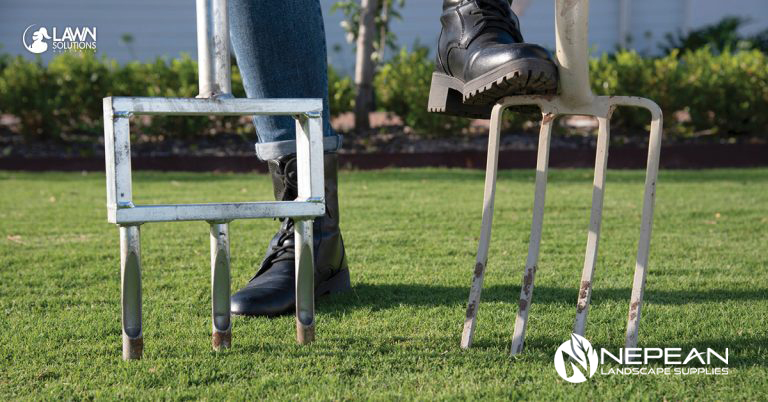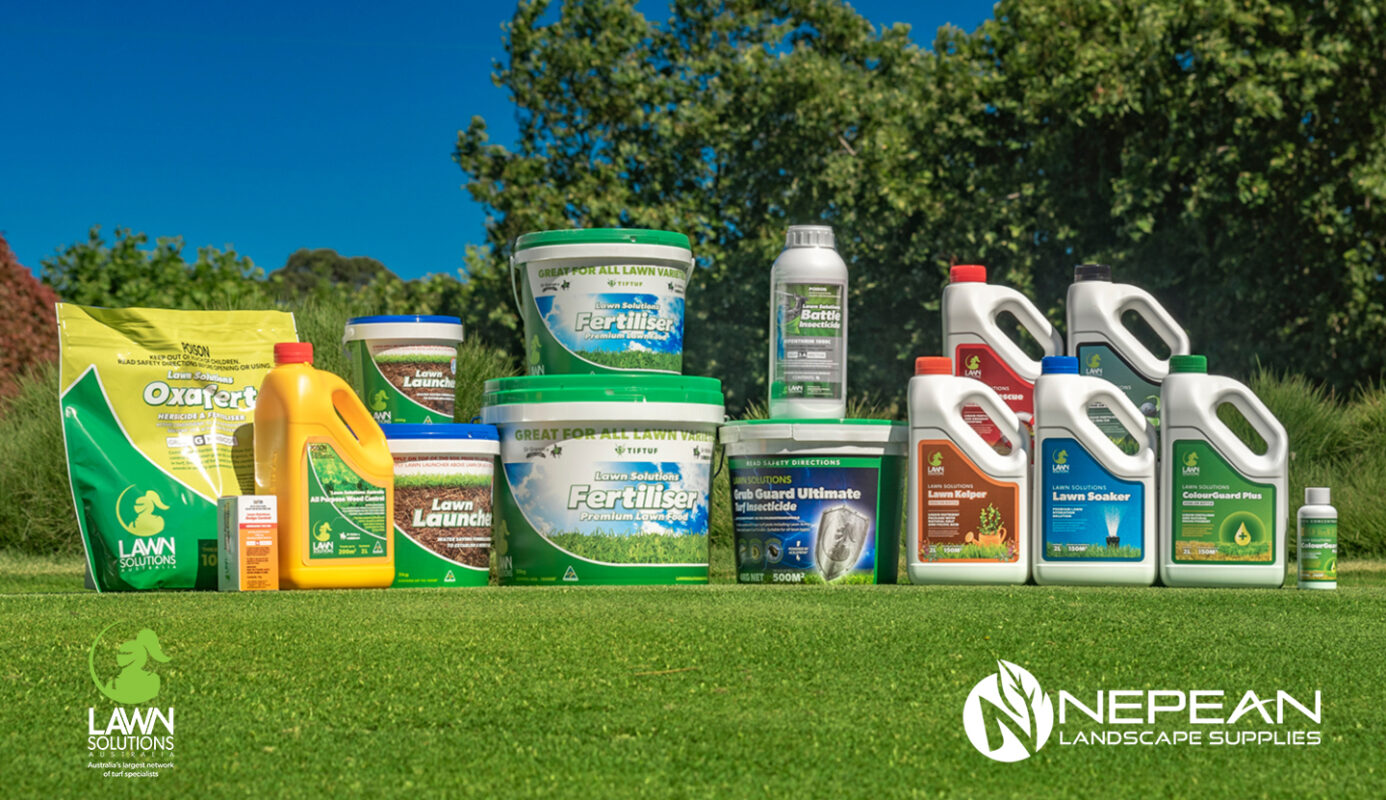Uncategorized
Transform Your Lawn with Our Professional Care Services – Get the Perfect Lawn You’ve Always Wanted
4 Spring Lawn Care Musts
Spring has arrived! With temperatures rising, our lawns are about to enter their active growing season. Now is the perfect time to perform a few simple lawn care tasks to ensure your grass grows healthy and strong.
When is the Best Time to Fertilise My Lawn?
While it might be tempting to apply fertiliser as soon as spring begins, it’s best to wait until temperatures rise and your lawn starts actively growing. Fertilising too early means the grass won’t be growing fast enough to absorb the nutrients effectively, preventing the fertiliser from reaching its full potential.
So, when should you apply fertiliser? The ideal time is when you notice your lawn growing more vigorously and requiring more frequent mowing. This timing can vary depending on your region in Australia.
For spring fertilising, we recommend using a granular lawn fertiliser like our Lawn Solutions Premium Fertiliser. It features both fast- and slow-release granules, delivering a balanced mix of nutrients to help your lawn thrive. Plus, it’s suitable for all lawn types!
Checking Your Mower Blades
A key spring lawn care task is ensuring your mower blades are sharp. Sharp blades not only give your lawn a cleaner cut but also help maintain its overall health.
We recommend inspecting your mower blades at the start of each growing season to see if they need sharpening or replacing. To do this, tilt your mower so the front wheels are raised and the handle is flat on the ground or a bench—this prevents oil from flowing into unwanted areas.
If your blades show signs of cracks, bends, thinning, or holes in the blade fin, it’s time to replace them. However, if the blades are still in good shape with plenty of material left, they may just need a sharpening.
For most people, the easiest solution is to have a professional check your mower blades. If you’re short on time or unsure, dropping your mower off at your local shop for a full service can be a smart move. A yearly mower service ensures your equipment is in top condition, ready for use during the warmer months.
Mowing Regularly – The 1/3 Rule
This rule refers to the amount of leaf you should remove with each mow. The goal is to reduce stress on the grass during the mowing process. By removing only one-third of the leaf at a time, you minimize the amount of photosynthesizing material lost, allowing the plant to continue growing while reducing stress and promoting healthier lawn growth.
Do I Need to Aerate My Lawn?
Aerating your lawn is an excellent spring lawn care task! It increases the flow of air, water, and nutrients to the soil, strengthening grass roots and promoting a healthier lawn. Aeration also reduces thatch buildup and soil compaction, especially in high-traffic areas and on harder lawns. Even lawns with poorer soil can benefit from annual aeration.
To aerate, push a garden fork into the soil and give it a wiggle to break up compacted areas. Alternatively, use a core aerator to remove small plugs of soil. For best results, space your aeration points around 8-10 cm apart across the lawn.
If your lawn is large or the soil is highly compacted, consider hiring a motorised aerator to make the job easier.


